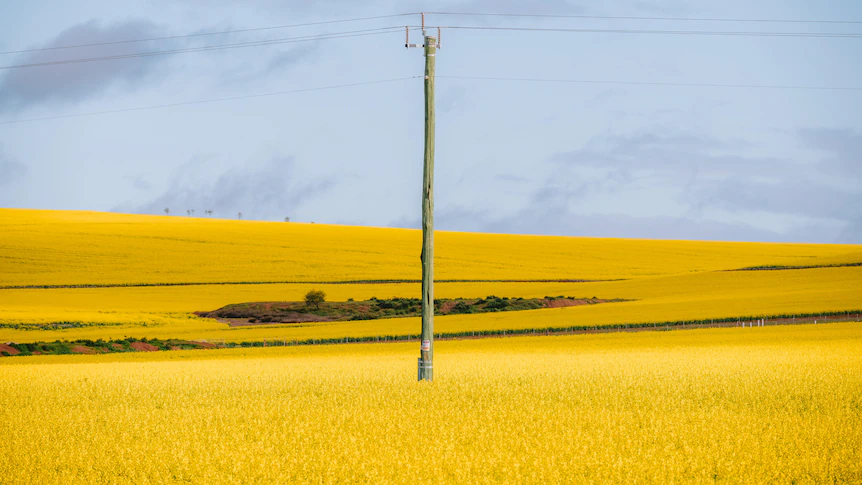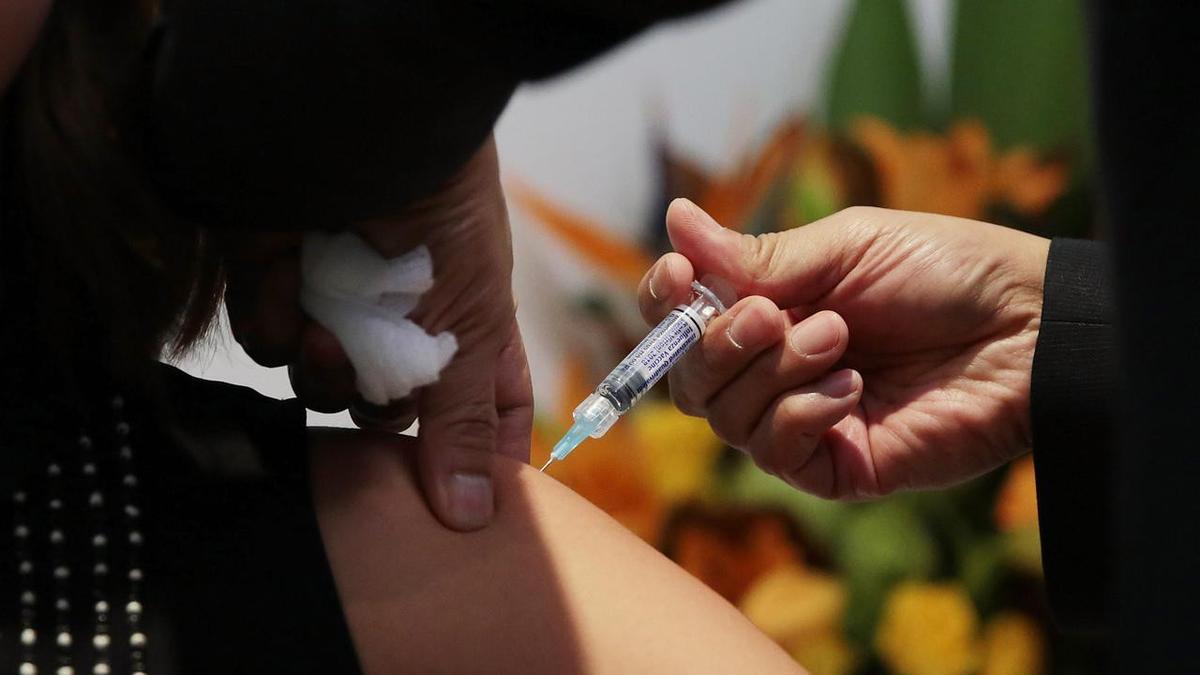By Amelia Searson
Copyright abc

The start of spring in Western Australia is heralded by rolling fields of golden canola that light up the countryside from the Midwest down to the South Coast.
The impressive crop draws attention from photographers around the world and can even be seen from space.
Recent satellite images capturing the crop have been highlighted by the Grains Research and Development Commission (GRDC).
But the paddocks of gold were not a part of WA’s landscape until the 1960s, when canola was introduced from Canada.
The crop did not thrive in Australian conditions, so breeding programs began in the 1970s to develop varieties with better disease resistance and oil quality.
GRDC WA regional manager Peter Bird said the introduction of herbicide-tolerant canola two decades later was “really what kicked things off”.
“It’s a crop you can’t use herbicides on in its natural state, but it’s also been a very temperamental type of crop,” he said.
“The bugs love to eat it and a disease called blackleg and other diseases kind of wiped it out in these early years.”
Mr Bird said strong investment in improving soil health and disease management in WA had led to canola becoming a “reliable” crop that could be grown in medium and low rainfall areas.
Strong canola forecast
The Australian Bureau of Agricultural and Resource Economics and Science’s September Crop Report forecasts Australia will produce about 6.4 million tonnes of canola this year, 34 per cent above the 10-year average.
The report predicts WA will contribute 3.3 million tonnes, accounting for more than 50 per cent of the nation’s production.
Mr Bird said most of WA’s canola was exported to countries in Europe, the United Arab Emirates and South East Asia, generating about $1.2 billion annually for the state’s economy.
Increasingly, canola oil is also manufactured into biofuel, a more environmentally-friendly fuel alternative, which Mr Bird said had been driving the price of canola higher than usual.
Galaxy photos
Perth-based photographer Paul Goh has been drawn to canola for years and recently started experimenting with astrophotography to enhance his pictures.
He said there was something special about the golden fields.
“Often [WA] is known for our minerals industry, but our agricultural industry, I feel, is just as important,” he said.
Mr Goh said he reminded people to be “respectful of boundaries and the biosecurity of canola” when he shared photos of fields to his social media platforms.
“It’s certainly not worth contaminating or putting the crop at risk just to get the shot,” he said.
Mr Goh said he would probably head out again to the canola fields of York, 97 kilometres east of Perth, chasing the thrill of the perfect shot.
“When you see that first preview on the back of the screen and it looks how you intended it — the colours are vivid, the Milky Way looks clear — it’s such a wonderful feeling,” he said.
“You almost just want to get home and start editing straight away.”
How’s this season?
The Esperance region, 700 kilometres south-east of Perth, is the leading canola-producing area in the country.
Cascade farmer Mark Walter grows about 2,000 hectares of canola, west of Esperance.
While reluctant to predict an exact figure, he believed his farm was on track for its best canola crop.
“We had a really good early start [with] 40 millimetres [of rain] through March, so seeded a reasonable amount of the canola early,” he said.
“And then had 120 millimetres around Easter time, so we reseeded 700 hectares and the rest went in after that.”
Epasco Farms manager Nick Ruddenklau, who grows canola in Condingup, said it was a rocky start to the season.
But the forecast was “looking really good”.
“The last two seasons were really short springs and that really knocked things around,” Mr Ruddenklau said.
“So definitely more confident going into this spring with [hopefully] another rain in September, and another one in early October would be good.”



